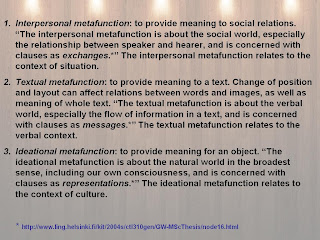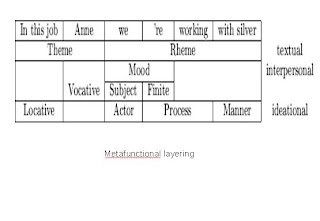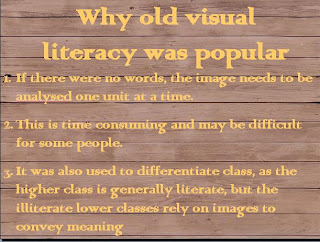
From the issues covered in this blog, I understand now that responsibility and ethics are critical for the modern blogger. Opinions of bloggers carry weight and can impact the blogosphere in unexpected ways.
The semiotic significance of any image, written language or other signifier must be properly understood and explained to the public.
For a document designer, the globalization of information translates to an exuberance of new user generated content, delivered via new media. The blogopshere is important in both the vertical and horizontal transmission of this information.
Design for print should follow principles as outlined by Reep, but online media, with various multimodal interactions between different media, requires special principles as outlined by Walsh and Nielsen.
Blogging can be done for personal enjoyment, but it can also be an empowering tool for social change. In fact, blogging is a very flexible and versatile platform; different blogs can play multiple roles, or specific ones , depending on the audience.
As a person who is fond of writing, it was difficult at first for me to apply visual design principles to this blog. However , realize now the importance of New Media Literacy, and online design principles. These are valuable tools for making the words readable and interesting. Therefore good design complements good writing, in order for the message to be delivered.
References
Kress, G & van Leeuwen, TV, 2006, Reading images: The grammar of visual design, 2nd edn, Routledge, London
Nielsen, J 1999, Differences Between Print Design and Web Design, Alertbox, viewed 15 November 2009, < http://www.useit.com/alertbox/990124.html>
Walsh, M 2006, ‘The 'textual shift': Examining the reading process with print, visual and multimodal texts’ Australian Journal of Language and Literacy, Vol29, No.1, p.24-37














